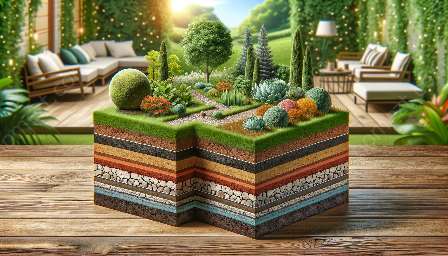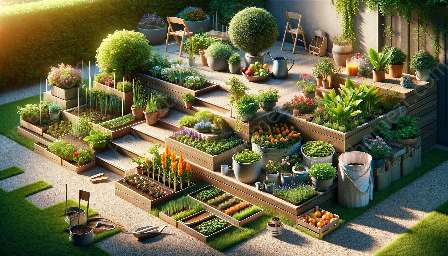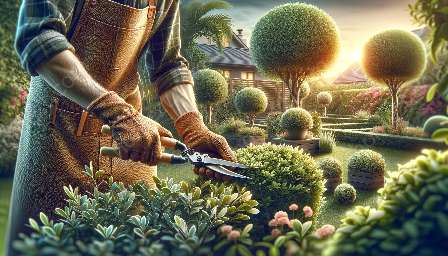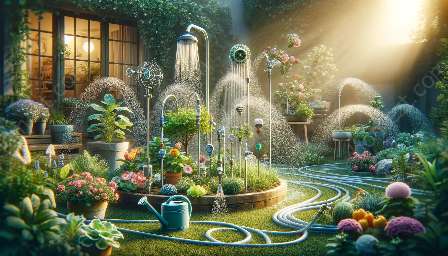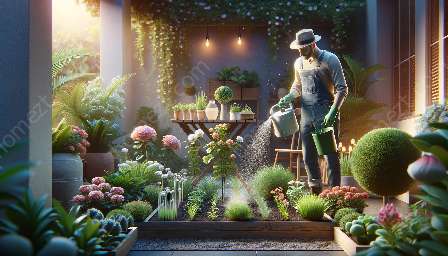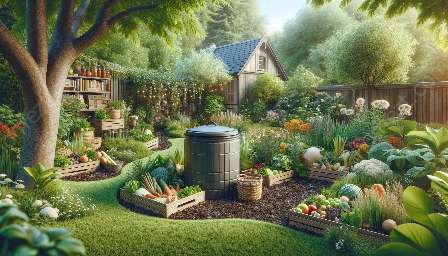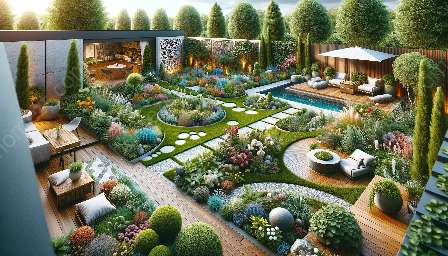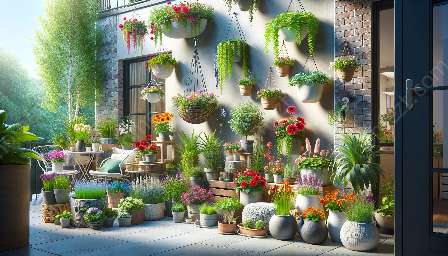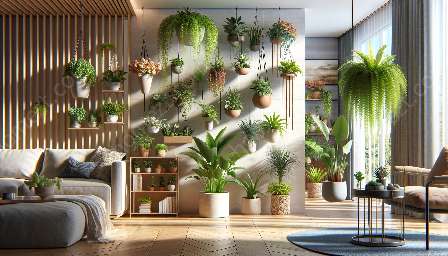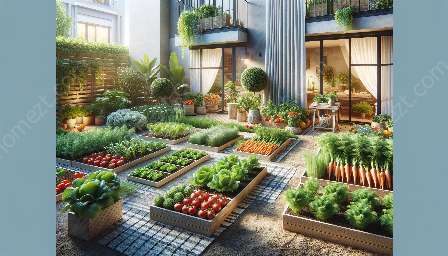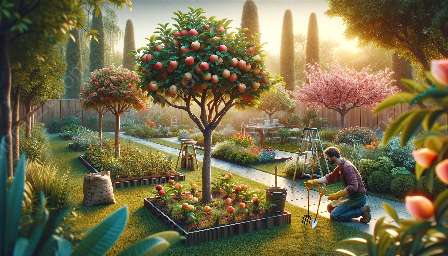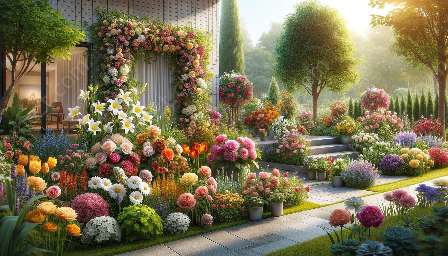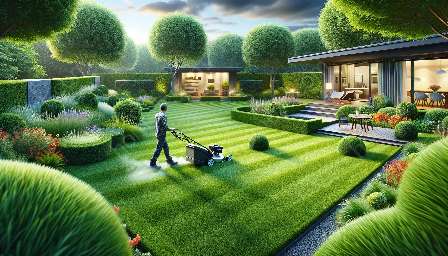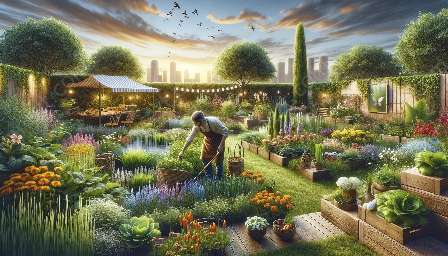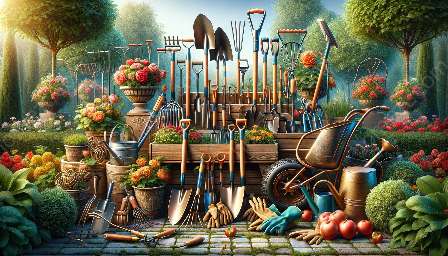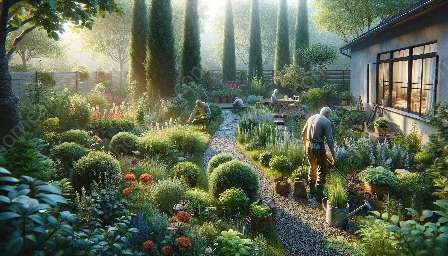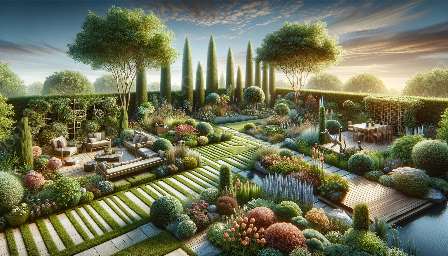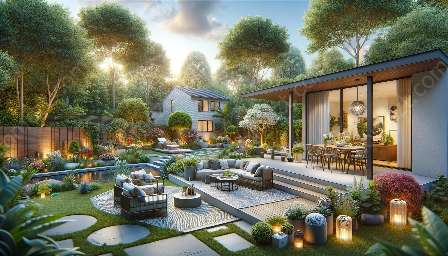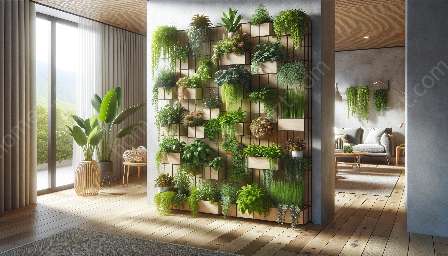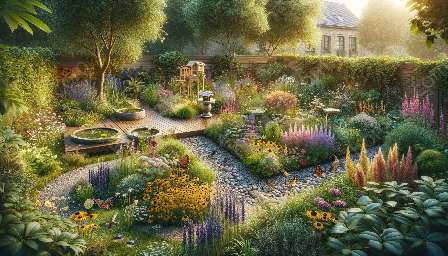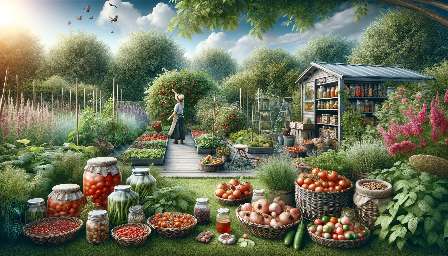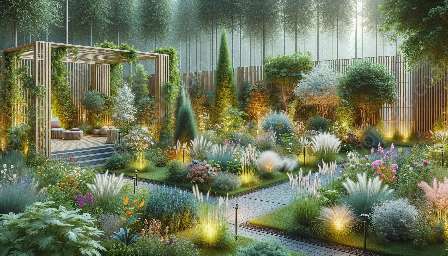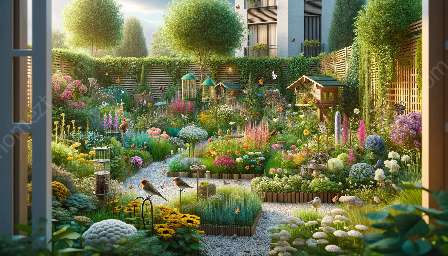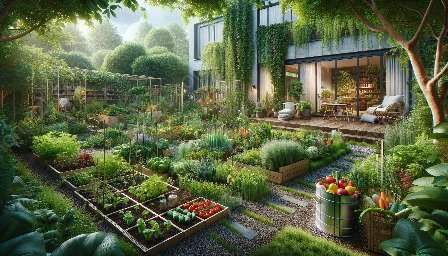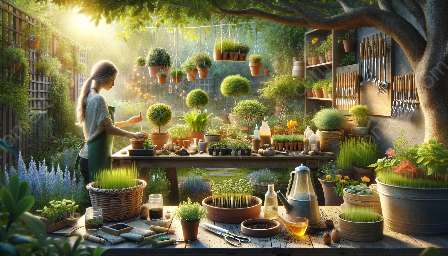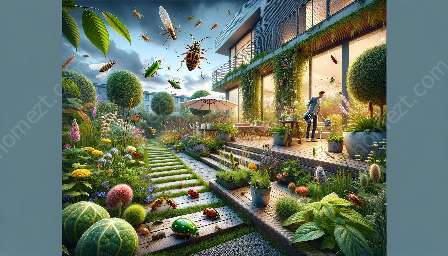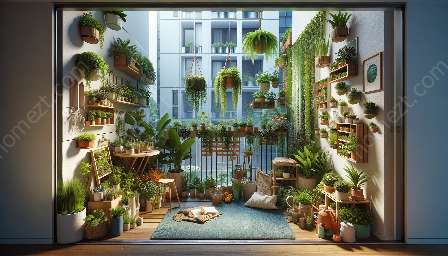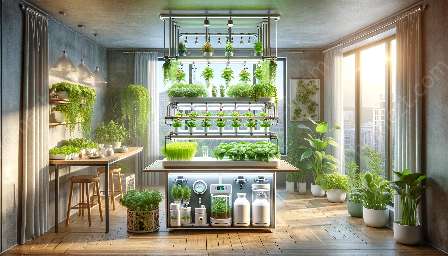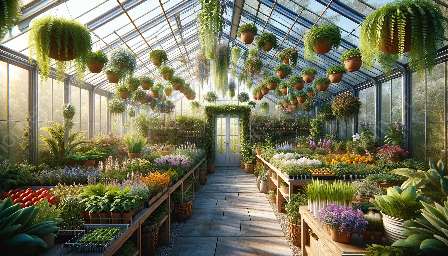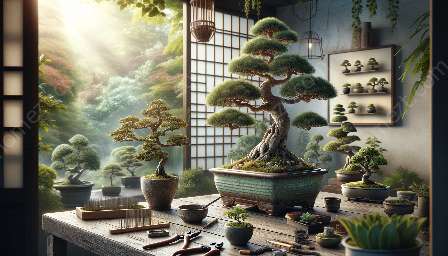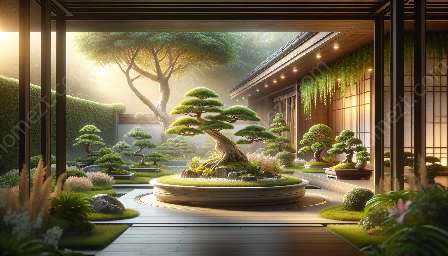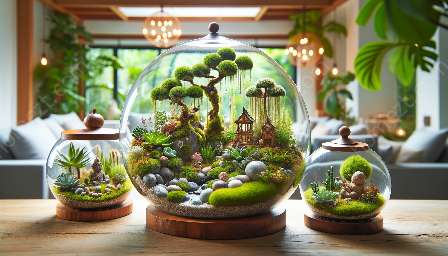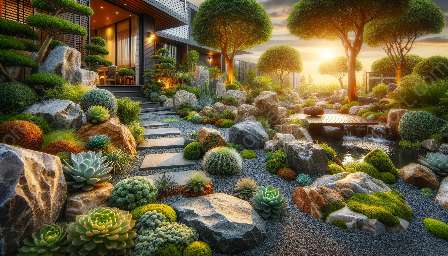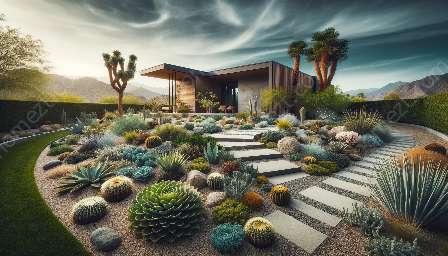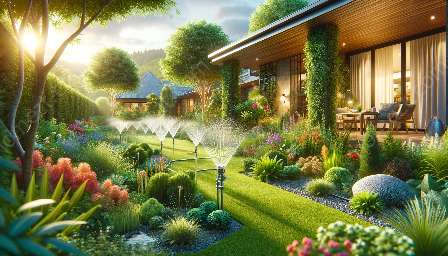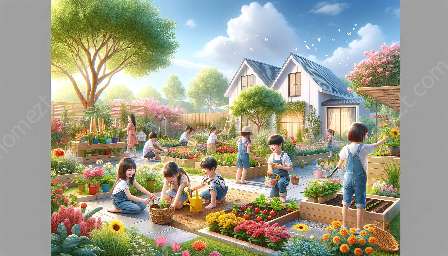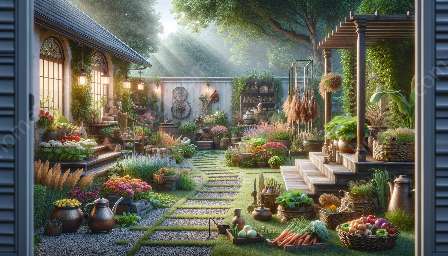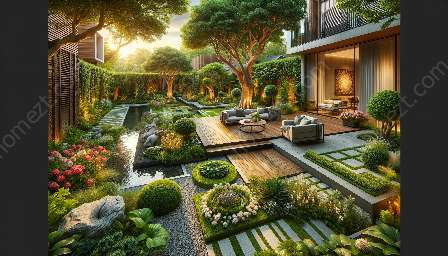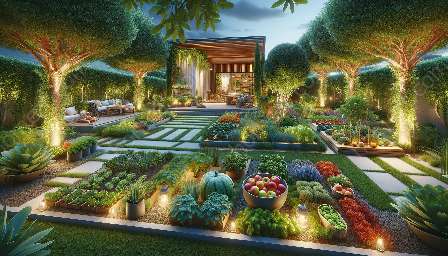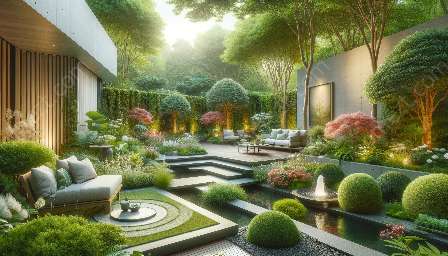Are you eager to grow your own garden but limited by space? Not to worry! In this article, we'll delve into the world of gardening with limited space, exploring innovative techniques and creative ideas for making the most out of your small area. Whether you're a seasoned gardener or a beginner, these tips will help you transform any space, no matter how small, into a lush and vibrant garden.
The Benefits of Gardening in Limited Space
Gardening in limited space offers many advantages. Not only does it allow you to bring nature into your home, but it also provides a sense of accomplishment and relaxation. Additionally, small gardens are often easier to maintain and can serve as a beautiful focal point in any home improvement project.
Choosing the Right Plants
One of the first steps in creating a garden in limited space is selecting the right plants. Opt for compact varieties, such as dwarf fruit trees, mini roses, and compact vegetables like cherry tomatoes and dwarf beans. Additionally, consider vertical gardening by growing climbing plants like ivy, cucumbers, or grapevines to make the most of your vertical space.
Creating Vertical Gardens
Vertical gardens are a fantastic solution for limited space. They utilize walls, trellises, and hanging planters to maximize growing area. You can create a stunning living wall by using a variety of plants, such as ferns, succulents, and herbs, to add a touch of greenery to any small area.
Utilizing Container Gardening
Another great way to garden in limited space is through container gardening. Use pots, hanging baskets, and window boxes to grow a wide range of plants, from flowers to herbs and even small vegetables. This method not only adds a decorative touch to your home but also allows for easy mobility and flexibility in rearranging your garden.
Designing Small-Scale Landscapes
When working with limited space, consider creating a small-scale landscape that incorporates different elements like paths, sitting areas, and water features. By carefully planning and utilizing every inch, you can design a beautiful, functional garden that complements your home's overall aesthetics.
Making the Most of Sunlight
Most small gardens face the challenge of limited sunlight. To overcome this obstacle, carefully observe the sunlight patterns in your space and choose plants that thrive in the available light levels. Using reflective surfaces or installing mirrors can also help bounce light around and brighten up shaded areas.
Implementing Space-Saving Techniques
Utilize space-saving techniques such as companion planting, intercropping, and square foot gardening to make the most out of the available land. These methods not only maximize yields but also create visually appealing and productive gardens.
Maintaining Your Small Garden
Once your garden is established, consistent maintenance is key to ensuring its success. Regular watering, soil amending, and pest control are essential tasks that will keep your garden flourishing throughout the seasons.
Conclusion
Gardening in limited space is a rewarding and creative endeavor that allows you to add greenery and charm to your home. By carefully choosing plants, employing innovative techniques, and maintaining your garden, you can create a stunning oasis in even the smallest of spaces. Let your imagination bloom as you embark on your journey to transform your limited space into a thriving and beautiful garden.

